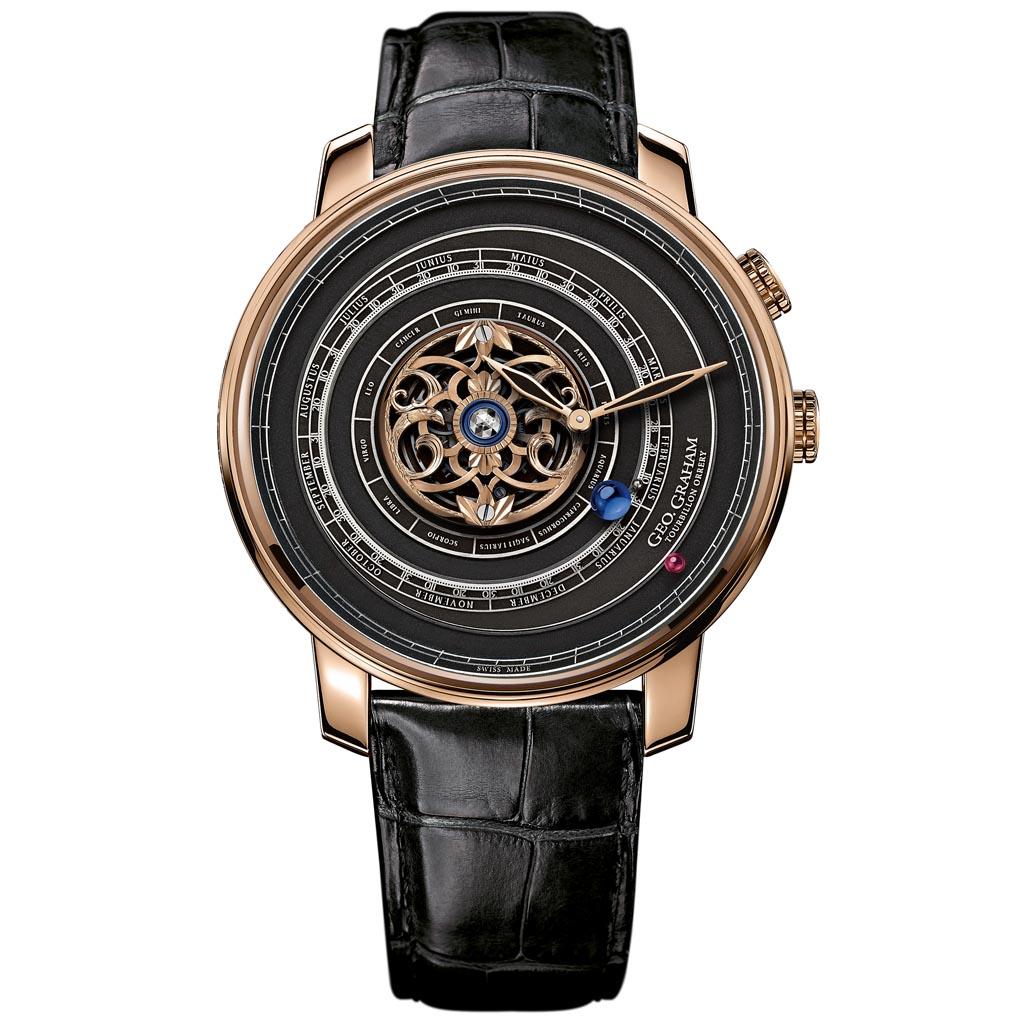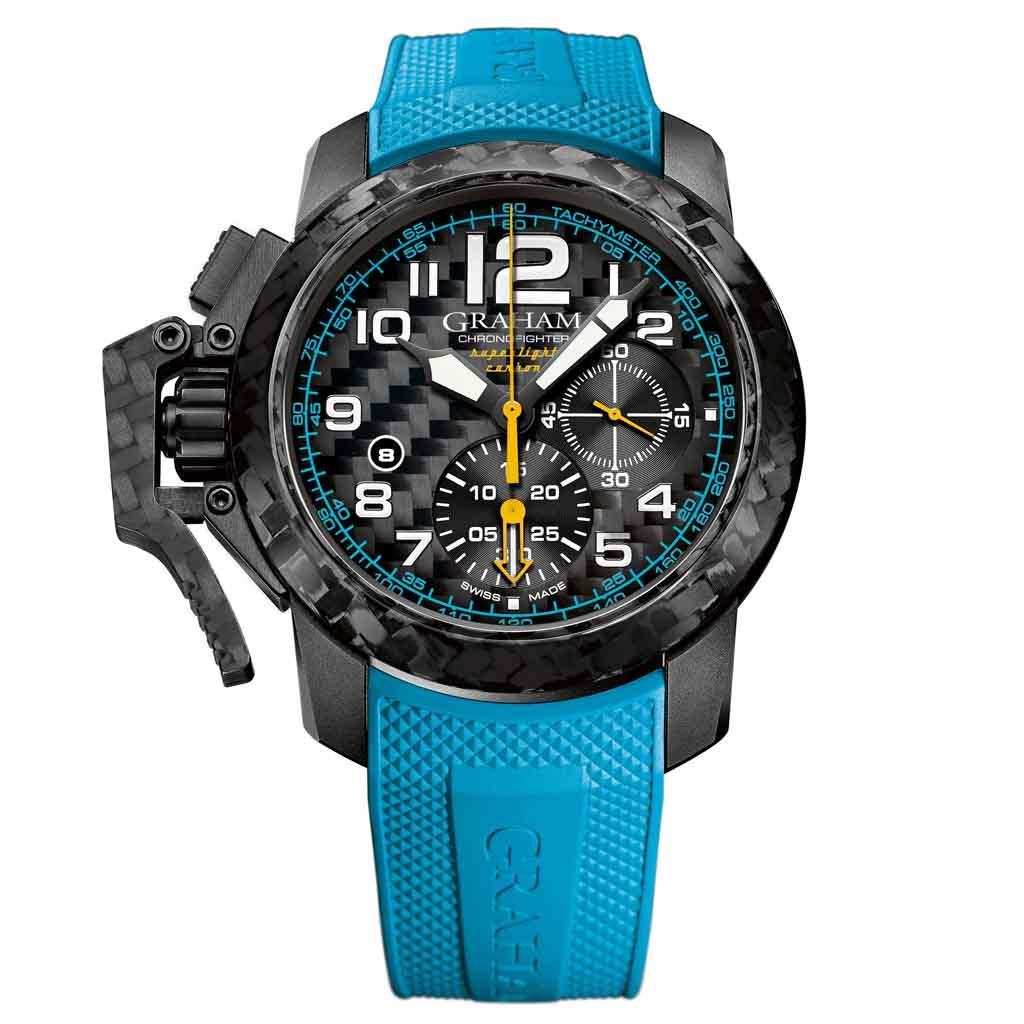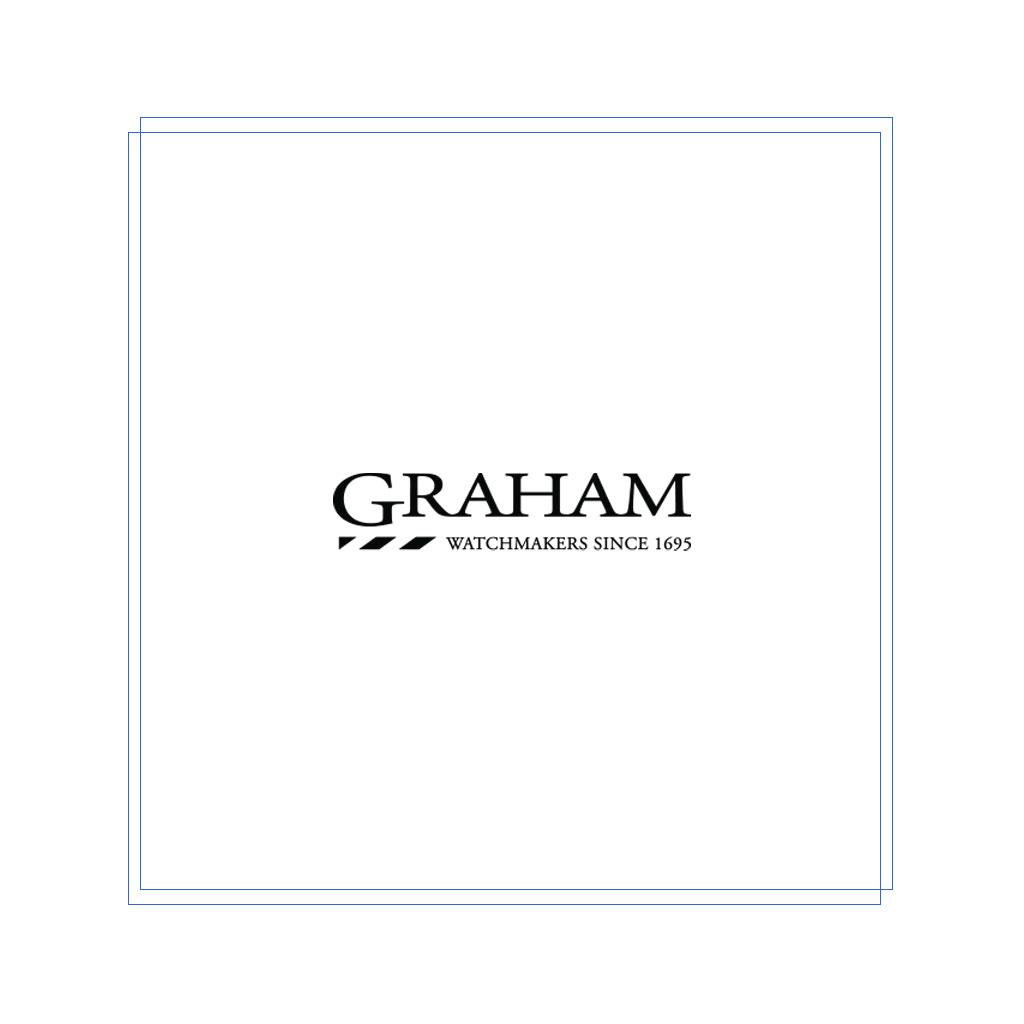Founded: 1695
Founding place: London, England
Founded by: George Graham
Current headquarters: La Chaux-de-Fonds, Switzerland
Owned by: Eric Loth / The British Masters S.A.
Official name: Graham S.A.
Table of contents
George Graham
The history of Graham as a brand can be traced back to the 17th century. It is associated with the renowned British clockmaker and scientific instrument maker George Graham who is born on the 7th of July in 1673. This is in Horsgill, which is in the parish of Kirklinton, Cuniberland (or Cumberland) County, United Kingdom. His year of birth might also be 1674 according to Britannica, and we found 1675 as well.
He will not only become a skilled horologist but also a key figure in the development of precision timekeeping during his era. Here are some key points in the history of the Graham watch brand.
Founding of the Graham company
In 1688, at the age 15, after his father died, he entered a seven-year apprenticeship in London. This is with clockmaker Henry Aske and Graham’s work caught the attention of Thomas Tompion. He is considered the father of British watchmaking and Tompion invites Graham to join him when his indenture ended in 1695. Then he is also admitted as a Freeman of the Clockmakers Company in 1695.
This is kind of the start of Graham as an independent clockmaker, although he is still under the wings of Thomas Tompion. He starts as a journeyman for two years in Tompion’s company, after which he officially joins the business. In 1696 Graham will marry Tompion’s niece, Elizabeth Tompion.
He quickly gains recognition for his skills in watchmaking and clockmaking and becomes a member of the Royal Society. This is a prestigious scientific organization, and he collaborates with other notable figures of his time, including the aforementioned Thomas Tompion. In 1722 Graham becomes Master of the Worshipful Company of Clockmakers (est. 1631), that still exists today.
Inventions of Graham
George Graham makes significant contributions to horology. He invents the deadbeat escapement, an important mechanism in clocks and watches that improves accuracy. However, like more inventions during that era, this invention is also credited to Richard Towneley. He is a British astronomer who invented the mechanism in 1675 after which it is used by Graham’s mentor Thomas Tompion to build a clock. Perhaps Graham made significant improvements.
He did develop the mercury pendulum, a design that helps regulate the accuracy of timekeeping. He also gets the credits for inventing the orrery, a mechanical model of the Solar System. This construction illustrates and predicts the relative positions and motions of the planets and moons.
The first chronograph-like mechanism
Graham is also known as the father of the chronograph. In 1725 he starts the construction of an observatory timer with a weighted pendulum that could be stopped and started at will. He finishes this work in 1730, which is the first step towards the present-day chronograph.
Another well-known name in British clockmaking is Thomas Mudge, who works as an apprentice for Graham between 1730 and 1738. After that he starts his own business too, but he would also become Graham’s successor.
Legacy and successors of Graham
After Graham’s death on the 16th of November in 1751 the business is continued by Thomas Mudge. This Thomas Mudge (1715 – 14th of November 1794) started as Graham’s apprentice at the age of 15. So, by the time he takes over Graham’s business in 1751, he is in his 30s and has already his own career. He works for John Ellicott for instance, another respected English clockmaker.
Mudge business, and of course Graham’s dead, leads to the end of Graham’s company, and Graham’s brand. Graham is buried in Westminster Abbey, next to the Kings and Queens of Brittain, and also next to his mentor, business partner and clockmaker Thomas Tompion.



Revival of the Graham brand
In 1995 a group of businessmen, with Pierre-André Finazzi and Eric Loth, and later others, found a company named Les Monts S.A. In 2000 they will rename it into The British Masters S.A. and this company buys the rights on the names of some historical British clockmakers. One is Graham, others are Arnold & Son, Daniel Quare, Thomas Earnshaw, and two names you also know by now: Thomas Tompion and Thomas Mudge.
Today the company, Graham S.A., is based in Switzerland. And no, the company founded by Georges Graham is not the same as the company named Graham now. However, the new Graham company takes its roots from the original. A smart way of creating a new business out of the legacy of a historical brand. And not unique, as at happened and happens with a lot of old brands.
The new Graham is focusing on big race and aviation inspired chronographs, often left-handed, although they also made the Graham Geo. Graham Orrery Tourbillon. Despite the fact that George Graham had absolutely nothing to do with racing or aviation – in his time the most modern way of transport was likely a horse – it is cool that the new Graham honors their “borrowed heritage” with a watch like this.
The history of Graham in a timeline
1673 – (7th of July) Georges Graham is born in Kirklinton, United Kingdom
1688 – Graham starts to work for Henry Aske in London
1695 – Graham starts working with Thomas Tompion
1695 – Graham is admitted as a Freeman of the Clockmakers Company
1722 – Graham becomes Master of the Worshipful Company of Clockmakers
1730 – Thomas Mudge becomes Graham’s apprentice
1751 – (16th of November) Georges Graham dies and Mudge continues the business, the Graham Company ends
1995 – Start of Les Monts S.A. (later The British Masters S.A.) who acquired the brand name Graham
1998 – First collection of the new Graham enters the market
2017 – The new Graham company honors George Graham with the Graham Geo. Graham Orrery Tourbillon
The full list of oldest watch brands in the world might interest you…
Watches from Graham
Watches from the brand can be found in the Graham section of this website.
